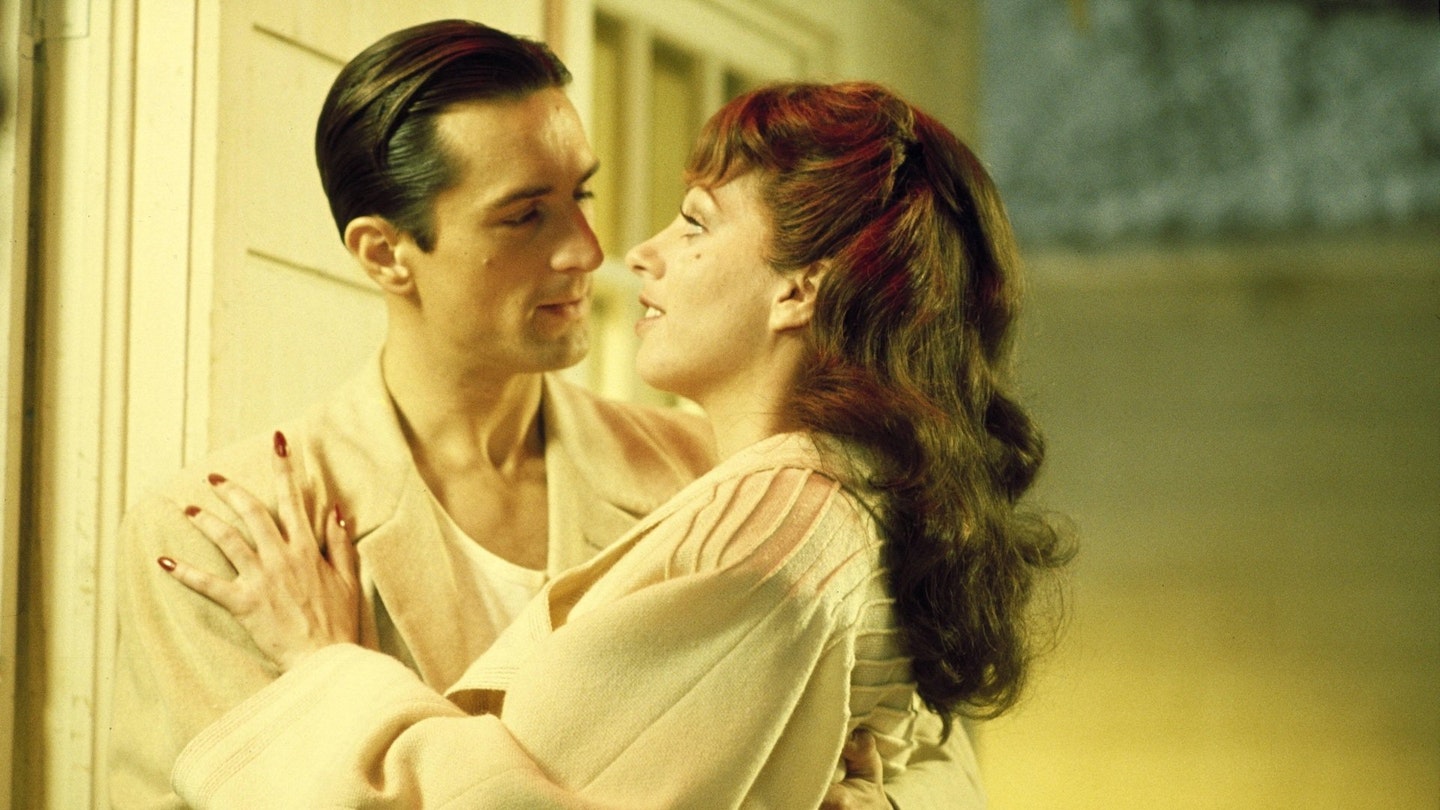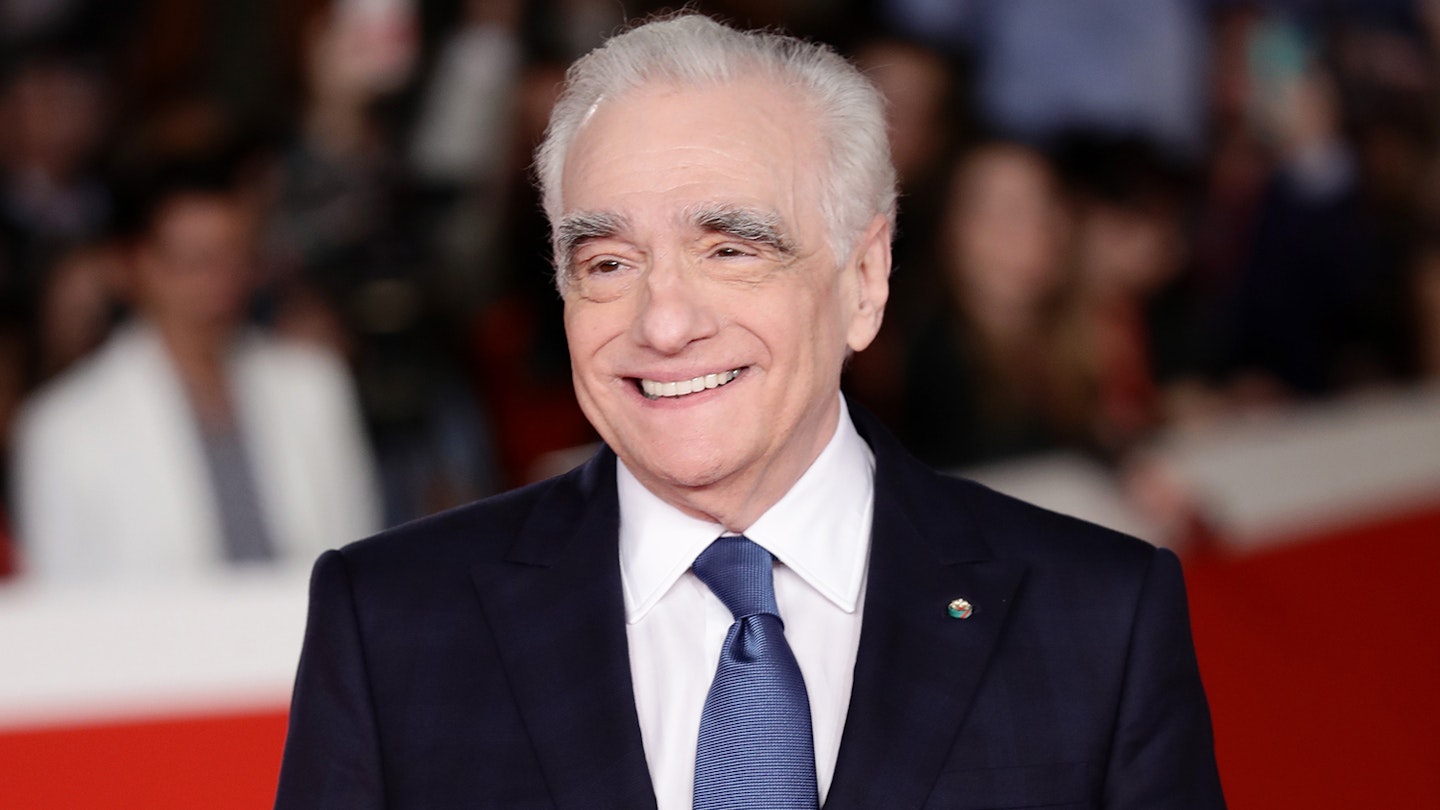Martin Scorsese’s criminally neglected tribute to the heyday of the MGM musical has aged astonishingly well. Following his ’70s hat-trick of Mean Streets, Alice Doesn’t Live Here Anymore and Taxi Driver, it was the director’s first critical and commercial flop. But as per usual, Scorsese was ahead of his time, incorporating freeform East Coast film acting with the opulent fakery of the classic studio production, complete with giant sets, musical numbers and a cast of thousands. It’s also the movie that gave Sinatra and the big apple its signature tune, the title song astonishingly overlooked in the Best Song Oscar category.
In a brilliant set-piece of riotous colour and music, it begins on VJ Day in 1945, when smooth-talking sax player Jimmy Doyle (method man De Niro obviously learned to play sax for the role) and demobbed singer Francine embark on a relationship that’s made entirely unworkable by their different ambitions. Jimmy is a cool-headed jazz guy, motivated by talent and the need to be the best; to him, Francine is a sell-out, and her slow rise from singer to movie star fuels his jealousy and pent-up rage.
Stylistically, this was enough to confuse audiences back in ’77, but today, having paved the way for self-reflexive melodramas by Todd Haynes, Gus Van Sant and Lars Von Trier, Scorsese’s experiment with irony simply seems bold and sophisticated. More troubling for some will be the film’s elegant arc into bathos, eschewing a big finish for something poignant, quiet and arguably more true to the spirit of the enterprise. In light of The Aviator’s success, maybe it’s time this masterpiece was re-evaluated, albeit as the reissued 1981 version, which restored the stunning, multi-faceted Happy Endings musical montage sequence. Though he reined its excesses and inventions for future movies, New York, New York is more than a fascinating misfire, it’s a rare and telling glimpse into a legendary filmmaker’s fiercely guarded soul.

